You’ve probably heard of Netflix’s The Witcher, which debuted its first season in December 2019. Like The Witcher 3: Wild Hunt and the first two games, the TV show is based on the series of Witcher fantasy books written by Polish author Andrzej Sapkowski.
Geralt is the protagonist in both the show and the game, with many similarities in the story, characters, and other elements. But there are some key differences. Chief among them is the fact that the game has garnered considerable praise, while the show has been rather disappointing.
Here’s a comparison of Netflix’s Witcher vs. Witcher 3, including a detailed look at the show’s three seasons.
Table of Contents
Storyline
The storyline is arguably the most significant difference between The Witcher TV show and Witcher 3. The show is largely based on Andrzej Sapkowski’s “The Last Wish” and “Sword of Destiny” short story collections, the first two books of the 8-part Witcher series. It starts by telling us the origin stories of Geralt, Yennefer, and Ciri before following their combined adventures.
Meanwhile, the show’s second season is loosely based on the first Witcher novel, “Blood of Elves,” while the third season is inspired by the events of “Time of Contempt,” the second book.
On the other hand, the game takes place several years after the events of the books. In that sense, Witcher 3 is not canon or based on any specific Witcher book, but rather borrows the novels’ established characters and themes to tell its own story.
The best example of this is the Wild Hunt — in the books they’re not a major element, but in Witcher 3, they’re central to the story.
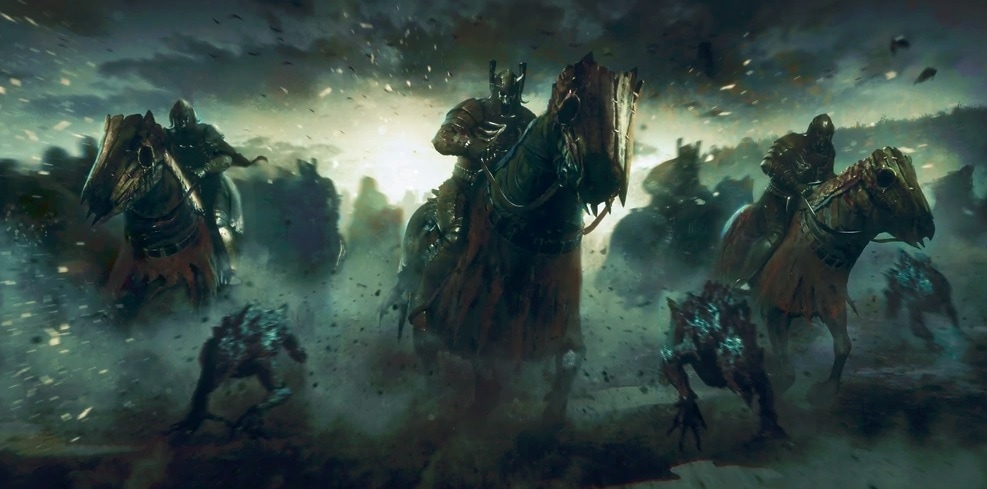
Timeline
The pace of events of the show also differs from Witcher 3. The first season of the show has a confusing timeline. It tells the stories of three characters occurring at different times: Geralt, Yennefer, and Ciri. Events that are years apart unfold as if they happened mere moments from each other. It’s difficult for viewers unfamiliar with Sapkowski’s literary works to comprehend what’s happening.
It’s not until the second season that the timeline becomes linear. However, the show sacrifices faithfulness to the source material to create a cohesive narrative structure. While the first season is relatively faithful to Sapkowski’s Witcher short stories, the second and third seasons depart significantly from the books.
On the other hand, the timeline of the Witcher 3 game is fairly straightforward, with a clear beginning, middle, and end. It’s easy to follow for gamers that haven’t read Sapkowskis novels or played the two previous Witcher games.
The Characters
Netflix’s The Witcher and the game also differ in their characters. Although the core roster is the same, their portrayal has some notable variations.
One hotly contested difference is that many characters were “race-swapped,” meaning that actors of a different ethnic descent portrayed them compared to Witcher 3 and the books. The difference is especially evident in the case of Fringilla Vigo and Triss Merigold.
Fringilla
Fringilla Vigo is a Nilfgaardian Sorceress and a member of the Lodge. She is depicted as manipulative, cunning, and powerful in all three mediums (books, games, and show).
Her appearance, however, differs significantly. In The Witcher 3 and Sapkowski’s books, she is portrayed as a woman of pale skin, black hair, and piercing eyes. But in Netflix’s TV series, she is played by Mimi Ndiweni, a British actress of African origin.
While the difference is not necessarily problematic, it contradicts Sapkowski’s work. Namely, Geralt has a short relationship with Fringilla in the novels. While he did not have romantic feelings toward her, he was slightly attracted to her due to her physical resemblance to Yennefer. That resemblance is also evident in The Witcher 3.
Triss
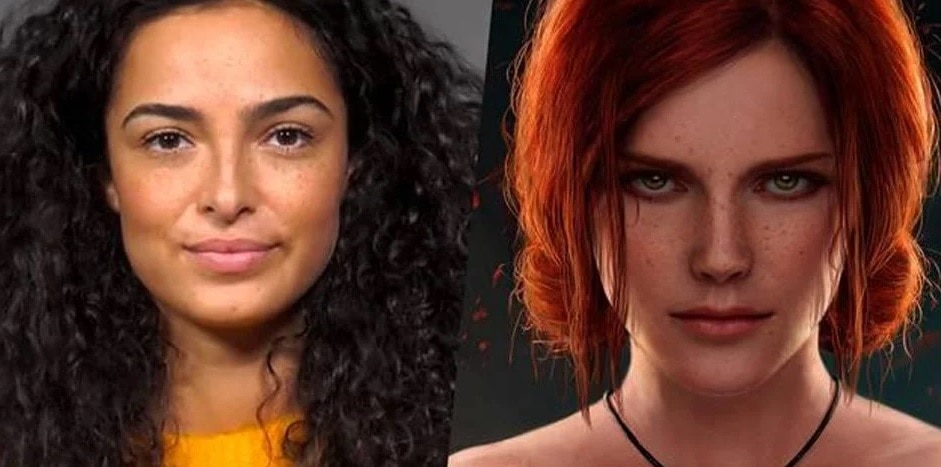
The sorceress Triss Merigold is a major character in both the show and Witcher 3, but her depiction is quite different.
In the Witcher 3, she’s presented as a red-haired, blue-eyed woman with a fair complexion and a good sense of humor. The only significant difference from the books is that Triss has a romance with Geralt and can be seen by his side in each Witcher game.
On the other hand, Netflix follows the novels because Triss isn’t a romantic interest for Geralt. But her appearance and character are quite different; she lacks a sense of humor and is played by an older actress with darker skin. This change in Triss’ iconic look irritated many fans.
Yennefer
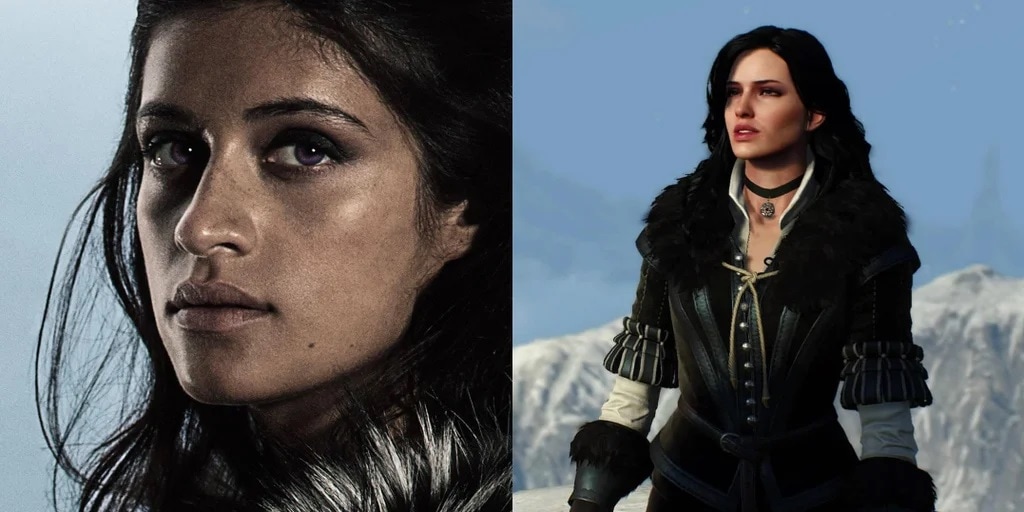
Yennefer is a powerful, beautiful sorceress with raven hair who is Geralt’s main romantic interest in the books. She retains that role in The Witcher TV show.
In the Witcher 3, however, Yennefer has to vie for Geralt’s affection with Triss in the Yennefer-Geralt-Triss love triangle. Another difference is that we learn about Yennefer’s backstory in the books and the show, whereas those details are not discussed in the game.
Similar to Fringilla and Triss, Yennefer is played by an actress of a different ethnic descent, which drew criticism from some fans. The book and game Yenn is a white woman, whereas Anya Chalotra, who portrays her in the show, is of mixed Indian and English descent.
Dandelion
Dandelion (or Jaskier in the show) is the bard who plays the role of Geralt’s close friend in both the TV show and in Witcher 3. In both cases, he is flamboyant, well-dressed, and humorous. However, in the show’s third season, he underwent a significant transformation, which we will discuss later in the spoilers section.
Geralt
Geralt has a similar appearance in both The Witcher TV show (played by Henry Cavill) and Witcher 3. He’s handsome and muscular (although Cavill is more so) and has long gray hair and pale skin.
In The Witcher 3 Geralt is older. He is at the end of his witching career, whereas Henry Cavill is just starting his. This explains why Netflix’s Geralt lacks the beard and the scars. On the whole, however, they look alike.
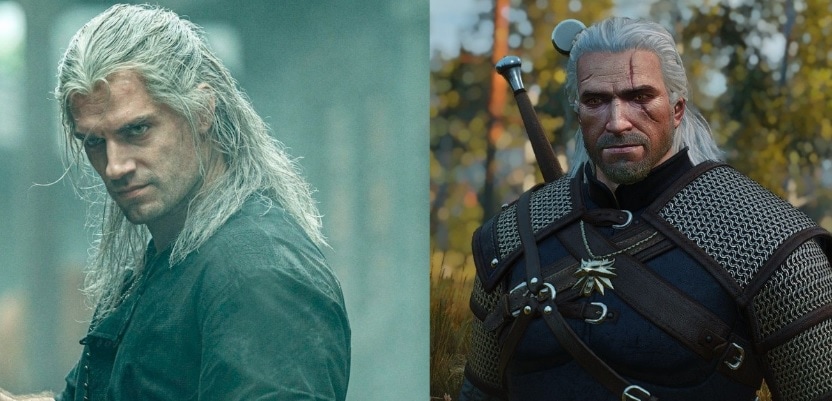
As for their personalities, there are also more similarities than differences. They both have a deep voice and a brooding demeanor, even if Witcher 3’s Geralt is more funny and sarcastic, whereas Cavill’s is more of a stoic figure of few words.
Even though Netflix’s Geralt’s character is more akin to that in the books, Cavill takes the best from both worlds. His portrayal of Geralt is influenced by Witcher 3’s voice and attitude while remaining faithful to Sapkowski’s works. Both are also masters of sword fighting, as any witcher should be, and use magic abilities.
The Silver Sword and the Medalion
Another interesting difference is Geralt’s iconic, monster-slaying silver sword. Geralt carries both his regular steel and silver swords directly on his back in Witcher 3. Although he also has both swords in the show and is seen carrying them together in a special bag several times, in the show Geralt only uses one sword at a time.
In that sense, Netflix’s show is closer to the books than the games, where Geralt typically leaves the silver sword with his horse for mobility reasons.
The same goes for his iconic medallion. While in the games, the medallion is in the shape of a wolf head, it’s round in Netflix’s adaptation. This depiction is closer to that from “The Last Wish,” one of the Witcher short story collections.
Other Details
Nilfgaard
Another notable difference is the characterization of the Nilfgaardian Empire. The show portrays Nilfgaard as the bad guys. In contrast, the books and the Witcher 3 have a much more neutral, realistic depiction.
The Nilfgaardian Empire is not a villain any more than the Northern Kingdoms. In fact, the Empire often appears progressive, tolerant, and cosmopolitan, especially in comparison to Radovid’s Redania.
The Monsters
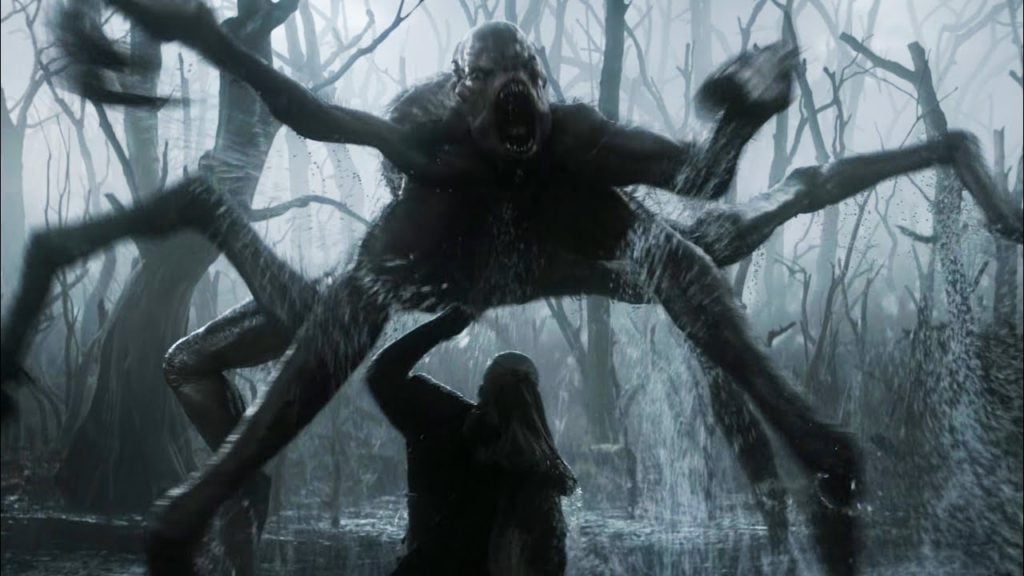
There are also some differences in the world. While we see and hear many of the same concepts, the show’s world is more grounded in reality.
For example, there are far fewer monsters, whereas in Witcher 3, you can’t go two feet without running into some otherworldly creature. Gameplay differences can explain that: it would be boring to play in a world with few monsters.
The Nudity
Another comparison between Netflix’s The Witcher and Witcher 3 is the nudity. Both feature multiple intimate scenes, most notably between Geralt and Yennefer.
Having said that, Geralt certainly gets luckier in the game. For one, he has additional romance options, including Triss, Keira Metz, Shani, Madame Sasha, and others. Geralt also has the option of visiting brothels to spend his hard-earned gold.
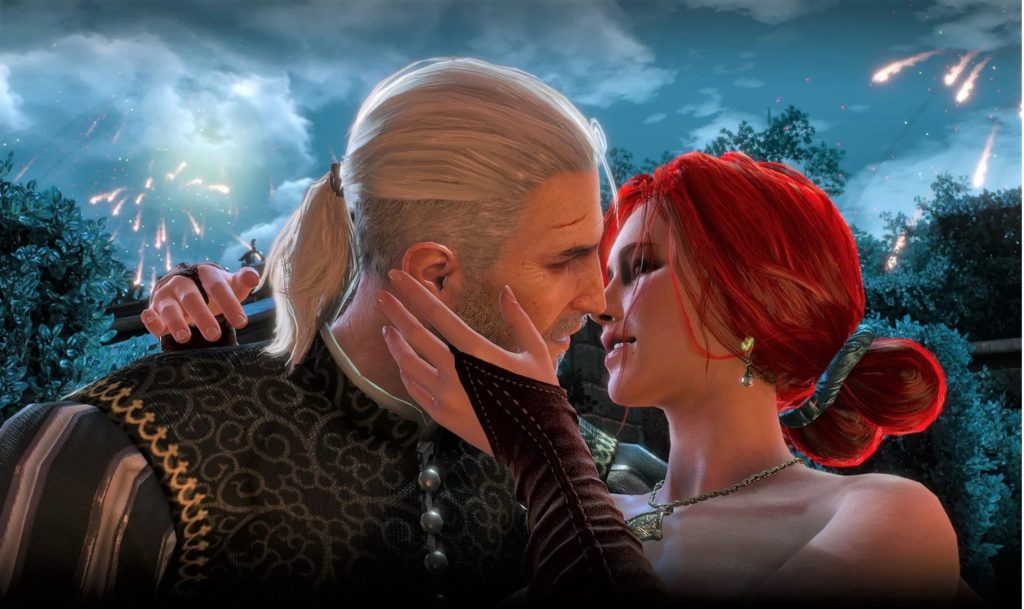
The Witcher Season 2 vs. Witcher 3
With the release of the show’s second season in December 2021, we got more material to compare its similarities and differences with Witcher 3.
Warning: spoilers ahead!
Eskel
The most glaring difference, of course, is Eskel’s destiny. The show’s portrayal of Geralt’s dear friend, considered a brother, is strikingly different from the game (and the novels). First of all, in the games, Eskel is still alive. Since they are set years after the events in the show, we can assume that the face-scarred Witcher influenced Geralt’s life somehow.
Unfortunately, that’s not the case in the series since Eskel is killed with less screen time than Geralt’s beloved mount, Roach. This enraged many fans that expected him to be a prominent character on Netflix as he is in the books and Witcher 3.
Eskel’s personality is also a far cry from his game counterpart. While he doesn’t interact much with Ciri in Witcher 3, he’s obnoxious and petty on the show. This is different from his calm demeanor in the game, where he’s probably shaping up to be the next Vesemir.
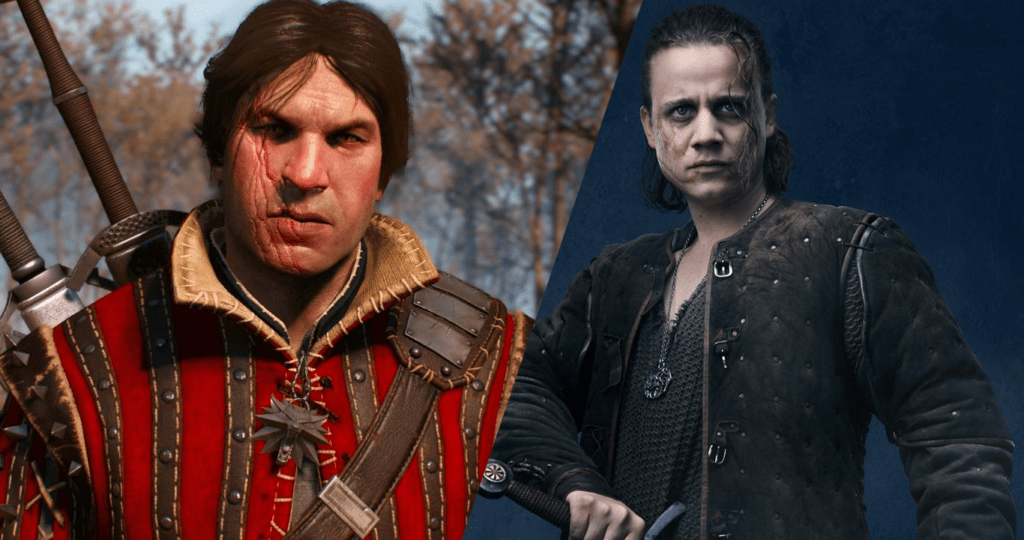
Ciri
In the show’s second season, we see the start of Ciri’s training, which is also displayed at the beginning of Witcher 3. It’s pretty much the same. She’s training to become a professional monster slayer while Triss tries to tap into her innate magic talent to understand more about her mysterious power.
But there is one key difference: Ciri scarcely uses her teleportation skills in the show. While she still can’t control it, at the end of the season, we see her teleporting Geralt, Yennefer, and herself out of harm’s way. Whereas in the game, she dominates her time-and-space magic and can use it willingly.
Yennefer
On the topic of sorceresses, the second season shows Yennefer losing her magic skills and even betraying Geralt by trying to trade Ciri for Voleth Meir to regain her powers. This never happens in Witcher 3 or the books.
The Wild Hunt
The Wild Hunt is one of the main similarities between the Netflix show and Witcher 3. Lauren Hissrich, the showrunner, said the Wild Hunt will play a significant part in the third season. That’s on par with the Witcher 3, where the Hunt is the main antagonist and pushes the whole plot along.
In contrast, the Wild Hunt is only briefly mentioned and explained throughout the novels. That’s something the show may change to please the gamers.
Other Witchers
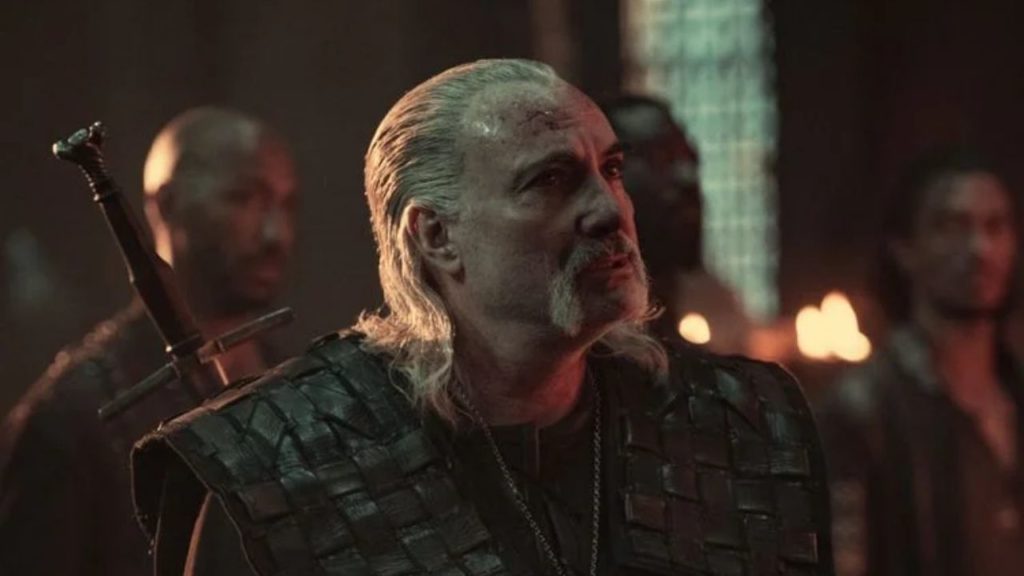
Vesemir and Lambert also make their appearance in The Witcher’s second season. Unlike Eskel, their portrayal is fairly similar to the games, with Vesemir taking the grizzled witcher dad role and Lambert having the same sharp tongue and cynical outlook. The only difference is that Lambert doesn’t look like his game counterpart at all.
Aside from that, Coen, the fourth new witcher introduced in the second season, is completely missing from Witcher 3.
The Witcher Season 3 vs. Witcher 3
The third season of The Witcher was released in two parts in June and July 2023. It continues the trend of diverging from the Witcher books and games.
Warning: more spoilers ahead!
Dandelion
Perhaps the biggest difference for fans this season was the change in Dandelion’s sexuality. In the third season, Dandelion has a love affair with Prince Radovid. This romance is out of character.
In The Witcher 3 and the books, one of Dandelion’s key character traits is being a womanizer. In fact, Dandelion’s obsession with women is the main driving force behind his character. On numerous occasions, we see Dandelion getting in trouble due to his risky love affairs, only to be saved by Geralt.
Radovid
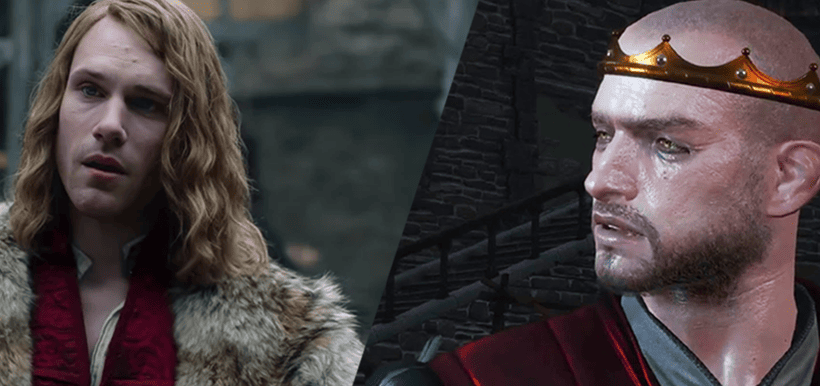
The same goes for this season’s Dandelion’s romantic partner Prince Radovid. For the players of The Witcher 3, he is nearly unrecognizable. This difference is evident in both his character and appearance.
In The Witcher 3, he is portrayed as the Stern King of Redania. He is xenophobic, cruel, and paranoid. Although he is quite psychotic when we meet him in The Witcher 3, he is still a brilliant strategist, scheming against his enemies.
On the other hand, the Netflix Radovid is a gay, flamboyant, charismatic prince with long hair who looks and acts nothing like his bald, blunt counterpart from Witcher 3.
Emhyr var Emreis
Emhyr’s character also differs between the media. Emhyr is portrayed as a strong, calculated, stoic and cruel leader in the game. His authoritative presence is voiced brilliantly by the Charles Dance — the actor who brings a similarly powerful performance as Tywin Lannister in Game of Thrones.
Meanwhile, in the third season of the Netflix series, Emhyr is portrayed as more fanatical, manic, and aggressive. The difference in the interpretation of the Emperor is not necessarily bad. Both portrayals are faithful to the source material and successfully create a threatening presence.
Why Netflix’s Witcher Received Justified Criticism
From its inception, The Witcher TV show received mixed reviews. Fans criticized the bad writing, unnecessary “race swaps,” and confusing timeline, which lacked a cohesive narrative structure. The comical design of the Nilfgaardian armor was also justifiably ridiculed.
While you could argue that the show attempted to distance itself from the Witcher games and be faithful to Sapkowski’s work, it failed on both fronts. The insistence on diversity alienated book readers and Witcher 3 fans who found some of their beloved game characters unrecognizable.
The issues were intensified by the second season, in which the writers gave up on strictly following the novels and came up with their own poorly-written story instead. While this decision gave the show a more cohesive structure, it strayed further away from the source material.
Key characters became starkly different from their book and Witcher 3 counterparts. For example, Yennefer and Vesemir, supposed to be protective of Ciri, were suddenly contemplating using her for their causes, while the calm and collected Eskel became obnoxious.
Henry Cavill to the Rescue
Perhaps the show’s only saving grace is Cavill’s portrayal of Geralt, which received almost universal praise. A fan of the books and Witcher 3, Cavill took inspiration from both mediums, fusing Geralt’s voice from the game with his depiction in the books.
Unfortunately, Cavill departed from the show after the third season and was replaced by Liam Hemsworth, sparking further criticism. That means Henry Cavill will not be in The Witcher’s 4th season.
The news resulted in a fan petition to fire the writers and keep Cavill, which reached over 300,000 signatures. Many fans also stated they would no longer watch the show.
Although the reasons behind Cavill’s departure are unknown, it’s rumored that, like the fans, he was unhappy with how much the show departed from the source material he is so passionate about.
Netflix’s The Witcher vs. Witcher 3: a Valuable Lesson
Ultimately, Netflix’s The Witcher failed to reach the success of the books and Witcher 3. While the show does share many similarities with the game, the writers’ insistence on straying from the source material and injecting political agendas alienated fans of both the books and Witcher 3.
We hope Netflix can learn valuable lessons for their future Witcher cinematic universe content. Namely, they should either closely follow the books or emulate the approach of Witcher 3, which masterfully built a brand new story inspired by and largely consistent with the book lore and events.
That’s why we’re looking forward to future Witcher shows, films, and cartoons.
Read Next:
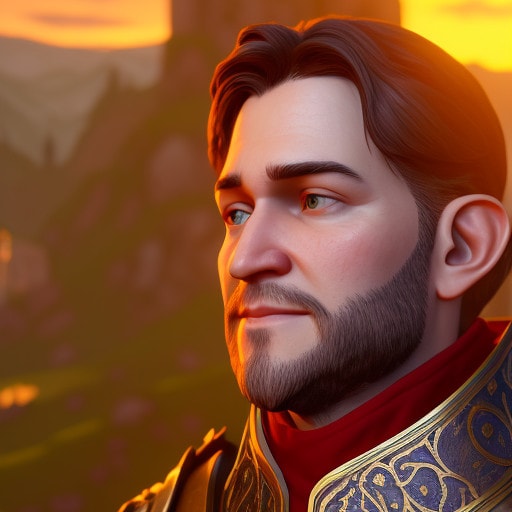
Gleb has been playing PC games since the late 1990s and has always enjoyed RPGs the most (Dragon Age, Mass Effect, Elder Scrolls, WoW, Dark Souls, etc.). He had tons of fun playing Witcher 3, so he made this website for discussion, guides, and other info related to the Witcher game, books, and cinematic universe. He travels the world as a digital nomad and spends his time working on website projects, practicing kickboxing, and telling people how awesome intermittent fasting is.
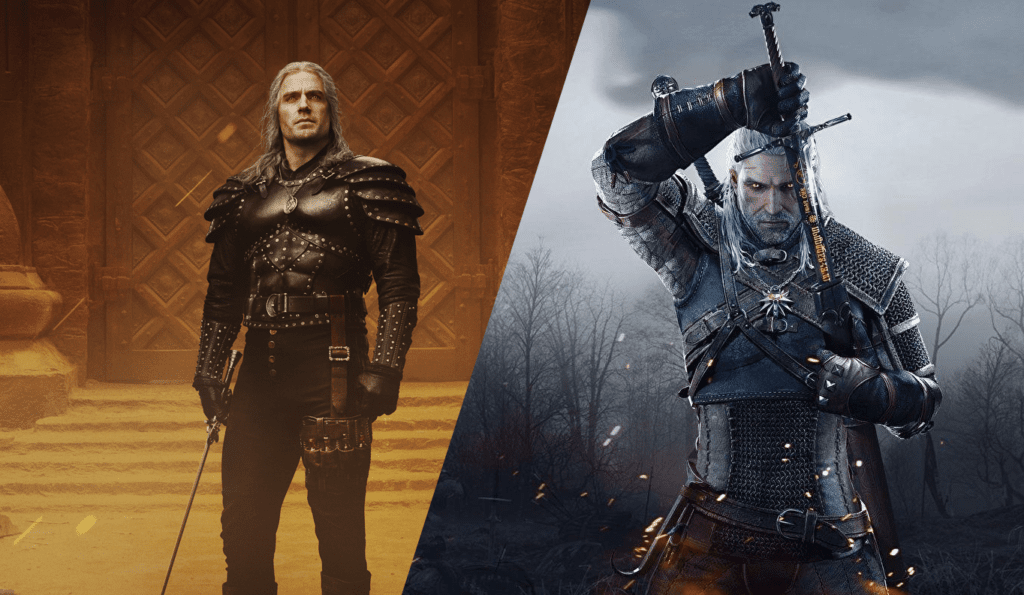
I want to correct that he does use the Axii against Renfri to convince her not to kill the girl, but it doesn’t work because she is mutated. He also uses Aard alot, and also used Quen sign 2 times. (once inside the coffin)
He also mentions in the Tv show that “silver is for monsters”. You can see him carrying the bag with his two swords when entering to lift the curse off the daughter of the king.
Fixed, you’re right. Thank you for the tips!
triss’s differences are her red hair vs her brown her hey? XD bahaha yeh OK. theyve raced swapped for the show because thats what the big american and british studios are doing these days.
the game was overwhelmingly heterosexual too, with basically a dead gay guy and a homophobe and the other hundreds of characters and romances all hetero :/. Can I ask is the series any better in that regard?
Coen is missing from the game for a very good reason due to an event in the books.
You people get way too hung up on race and sexuality. Dandelion being bi makes a ton of sense, even if he isn’t in the games.
It’s implied in witcher 3 when you search for Dandelion in novigrad and talk to Elihal
Right, but the explanation is that Dandelion was drunk and thought he was a woman 🙂
The so-called “race swaps” were no more “unnecessary” than they were “necessary.” Unless there was any particular importance for skin color to explain behavior and/or the fictional universe, then any slew of decent actor/actresses (and the more representative of the human population, the better) is preferable over avoiding majority-white audiences being butthurt with things like “that’s not how they looked like in the game!” or “that’s not how they were described in the book!”
The closest Nathanos got to having a decent argument for an “unnecessary swap” would have Geralt’s attraction to Fringilla due to her physical resemblance to Yennefer, but as this attraction was never explored or manifested in the show, then this argument is moot.
This review shows more of Nathanos’s own penchant for “unnecessary intolerance” than it does his ability to simply describe the variations across how two different artistic media deviated from its source material.
Saya tetap setia dengan Witcher 3… karena saya lebih dulu mengenal the witcher 3 dari video gamenya…. oleh karena itu setelah menonton serialnya di netflix… hanya pemeran gerald yang saya sukai selebihnya tidak… saya pikir saya akan bersenang-senang jika menonton serialnya… tetapi setelah menontonnya membuat saya bad mood karena banyak sekali karakter yang berubah dari the wither 3… akhirnya saya kembali memainkan gamenya…